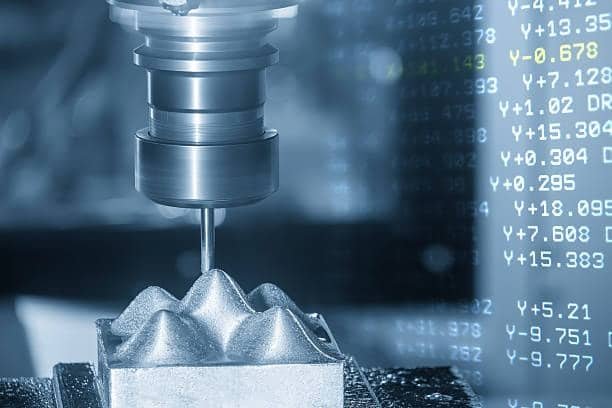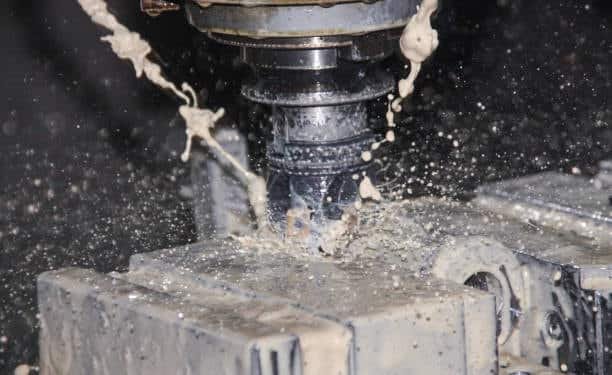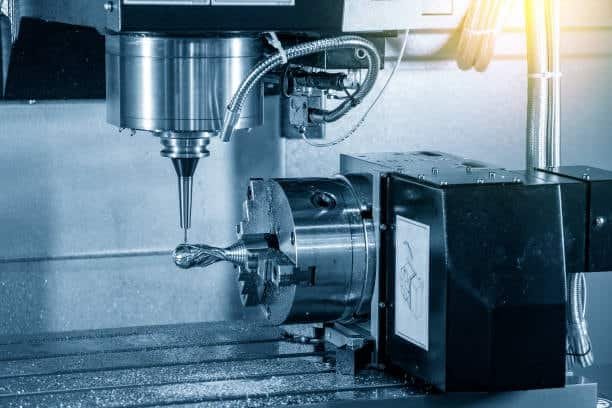G-code programming is the fundamental language of the CNC machining climatic, which allows the machines to perform complicated operations with high accuracy and uniformity in the world, also known as numerical control . Highly used in the industrial industry, G-code is a standardized programming language which gives instructions to CNC machines to perform particular activities such as milling, turning, drilling and so on. This article discusses the definition of G code programming, how it operates, its elements, and the role of cnc software, computer aided design and cad or cam software in contemporary machining procedures.
The cnc programming and machining process enables cnc manufacturing, which is perfect for low-volume custom builds and high-volume production runs. Such a scalability becomes particularly important in an industry where the request may fluctuate significantly between different types of vehicles, from special electric vehicles to more mainstream internal combustion ones. Manufacturers can then switch from one CNC production specification to another easily, utilizing various functions without huge retooling requirements resulting in agility and cost economy. This flexibility ensures that automotive companies are able to remain competitive and to respond to constantly changing consumers’ needs and also adapt to fast-growing technologies without disrupting their functioning lines of manufacture.
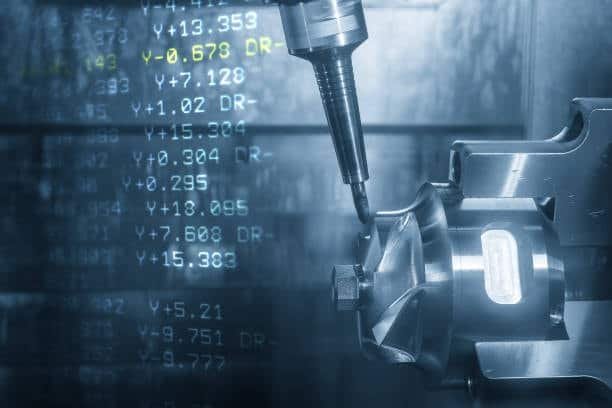
In addition, the CNC machining precision and repeatability directly helps the objective of product standardization which is crucial to preserve the brand reputation and build customer trust. Since the automotive components may have to comply with global standards and work harmoniously with parts acquired from numerous suppliers, a constant level of production quality is inadmissible. Using the tool length offset and set specifications to a CNC machine, one can make similar parts even if thousands of units are involved and with virtually near-zero deviation, ensuring accuracy . Not only does this minimize the risk of defect but also makes assembly operations smoother, reduces returns, and improves the efficiency of supply chains, in general- making the CNC machining an essential catalyst of great automotive manufacturing across the globe, including the implementation of m codes .
What is G-Code Programming?
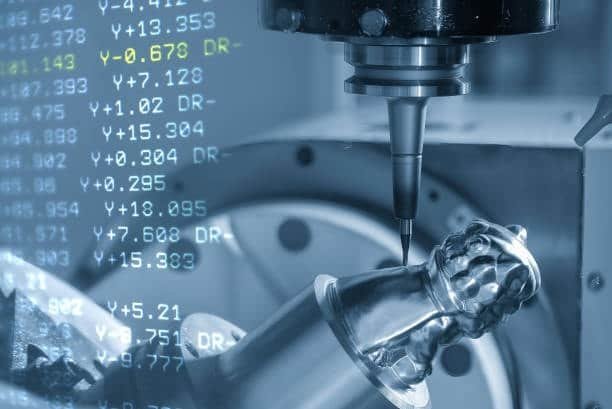
G-code, or “Geometric code,” stands for the language which is used to control CNC machines, and to indicate a program end or stop, often tested using m code simulators. explaining them what to do, how to move, what speed to work, and what actions to conduct, including conditions for m00 program stop . It is how the “machine,” equipped with an automatic tool changer, comprehends what the programmer will have it do and turns those instructions into exact motions. G-code program enable automation of activities; there is minimum human intervention and higher efficiency, accuracy and repeatability in manufacturing is witnessed through m codes .
CNC machines like lathes, mill, and router use G-code to complete machining working. Every command in G-code and m code programming is associated with a specific action on a specific machine , i.e., moving the tool along a given path, change tools, or adjusting the machine’s speed. G-code is the fine language that enables the CNC machine to know exactly what it is supposed to do in carrying out every step of the manufacturing process with utmost accuracy and repeatability. Together with M-codes (expanded codes that take care of auxiliary functions such as coolant control and spindle on/off), these codes become the basis for automated and efficient machining operations.
How G-Code Programming Works
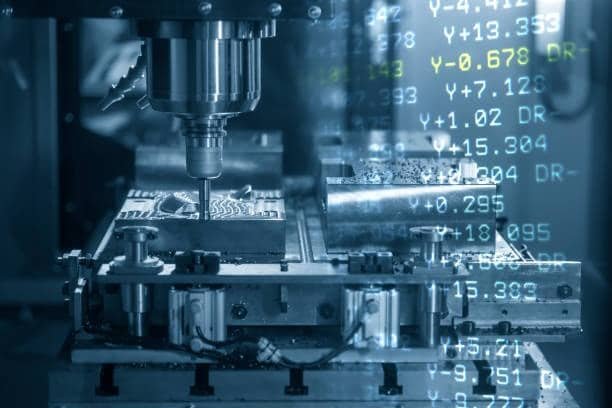
G-code functions by guiding the machinery’s movements on the x axis, certain axes and by specific numbers. Throughout, the instructions are generally presented in a text form and every line of code is corresponding to a command. These machine instructions, including m codes, are read by the CNC machine’s controller, which interprets these to mechanical movements.
The main program in t G-code programming procedures, including valuable insights and adjustments to high pressure systems, include:
1. Toolpath Definition
The first thing to do in G-code programming is defining the toolpath. This is the route which the cutting tool shall take to shape the work-piece during the cutting process . The programmer indicates how the tool moves across the x axis, the y axis, and Z axes thereby doing what is planned and taking away the desired amount of material.
2. Coordinate System Setup
G code programming demands the specification of a coordinate system which determines the position of the workpiece. Using computer numerical control aided design software, there is established the origin (the “zero point”) of the machine and all other points, with attention to line number, are specified relative to this origin. Correct initial placement of the coordinate system is vital to do accurate machining and toolpath will be aligned to part geometry.
3. Command Input
After a toolpath and coordinate system have been established, then programmer keys the G-code commands. These include G-codes (movement and machining operations), codes direct M-codes (machine functions), and following example others for tool changes, coolant and speed control. The G code commands are written in ascending order, ending with the end of program command, in which each line consists of a different command to be followed by the machine.
4. Simulation and Verification
In order to use the actual machine, it is customary first to simulate the G-code in a CAM, or computer-aided manufacturing, program. This step will serve to determine any episodes or collisions that may arise during machining, ensuring that the running program including optional program stop m05 spindle start is correct.
Components of G-Code Programming
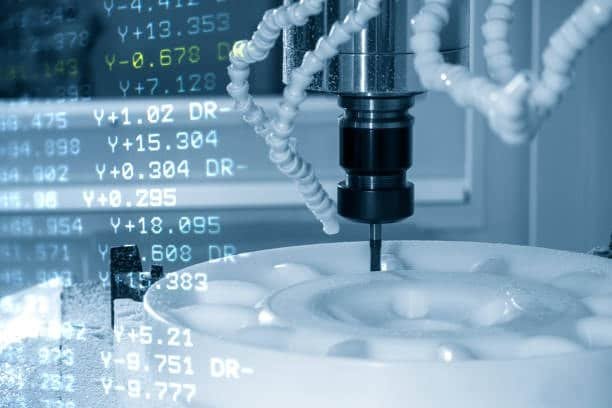
G-code programming encompasses different categories of instructions used to manage some machine-tool operation aspects. The following is what is most commonly found in G-code:
1. G-Codes (Geometric Codes)
G-codes are main instructions in G-code programming. They indicate how the machine will move or operate. Some common G-codes include m03 spindle commands :
- G0: Speed positioning (a positioning motion, where the tool is moved as quickly as possible to a new position).
- G1: Linear interpolation (moves the tool from point A to point B in a straight line moving at a feed rate)
- G2: Circular interpolation (clockwise arc movement).
- G3: Circular interpolation (counterclockwise arc movement).
- G20/G21: Programming units (G20 for inches G21 for millimeters).
G-codes specify the way machine movement is to be controlled, the kind of movement (linear or circular), as well as the spindle speed and feed rate during cutting.
2. M-Codes (Machine Codes)
M-codes are used for the management of auxiliary functions of the machine. These codes include actions such as spindle clockwise, start or stop the spindle, tool change, or coolant on/off. Some common M-codes include instructions to rotate counterclockwise :
- M3: Spindle on (clockwise rotation).
- M4: Spindle on (counterclockwise rotation).
- M5: Spindle stop.
- M6: Tool change.
- M8/M9: Coolant on/off.
M-codes are necessary for controlling operation functions of the machine besides its movement on the same line .
3. T-Codes (Tool Codes)
T-codes describe which tool is used on the boring process. Every tool is given a unique number and the T-code takes the CNC machine to use the right tool to do the job. This is important for multi-tool operations whereby a different tool is useful for each step of the process.
4. Other Codes
Other G-code programming specialized codes include:
- F-codes: Feed rate control describes the movement of the tool in relation to the material in question with respect to speed of movement.
- S-codes: Spindle speed or the rotational speed of the spindle in RPPM ( revolutions per minute).
- D-codes: Adjustments of tool offsets in order to get the position of the tool just right.
Advantages of G-Code Programming
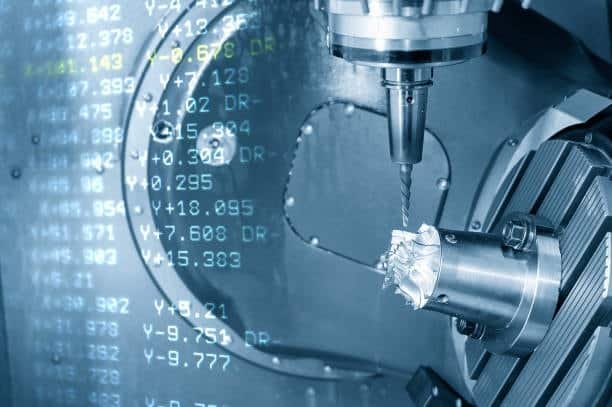
A wealth of benefits, including feed override, makes GC-code programming essential in the sphere of today’s CNC machining, including functions such as rotate clockwise :
1. Precision and Accuracy
G-code enables CNC machines to be controlled with accuracy meaning that exact details are used to manufacture parts. With the capacity to create complex toolpaths and the flexibility to move in very small increments, G-code makes it possible that production follows high precision throughout.
2. Automation and Efficiency
Through automation of machine operations, G-code programming minimizes human intervention, therefore, in turn, producing faster production times as well as errors that are few. In addition to G-code, m code commands ensure CNC machines are executable 24/7 allowing manufacturers to boost output and lower cost.
3. Flexibility and Customization
G-codes programming is very versatile and there are little limitations as far as its usage to different machining operations ranging from straightforward such as drilling to harder tasks such as 3D contour milling.
4. Consistency and Repeatability
After the writing and testing of a cnc program and G-code program is carried out, this program can be reused to manufacture identical parts of consistent quality. Repeatability is important in mass production situations, where there must be large quantities of parts available which can be repeated, ensuring that the tool cuts are identical .
Challenges in G-Code Programming
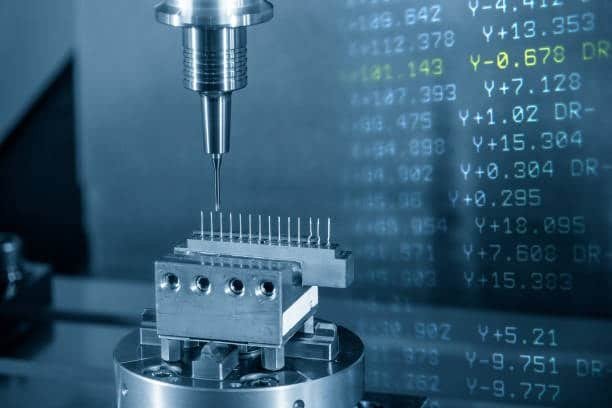
Although G-code programming comes with many advantages there are some complications to note:
1. Learning Curve
G-code programming can be an uphill task for newcomers. The language insists on the understanding of machine operations, toolpaths and coordinate systems, and also on the knowledge of what a particular machine can do and not.
2. Error Prone
Minor errors in G-code programming can be very costly, in the shape of damaged parts, worn out tools or crashed machines. It is necessary to recheck the program and run its rehearsals before loading it to an actual machine.
3. Machine-Specific Variations
Each CNC machine may possibly interpret a slight variation in G-code, or be capable about a few codes. Programmers need to guarantee intercompatibility between the G-code and the particular machine to avoid paragraph outcomes.
Conclusion
G-code programming is the foundation of CNC machining offering a super strong and efficient method for automation and control of machine operations. Through a clear definition of particular movements, tool actions and machine activities, G-codes guarantee that CNC machines perform the same parts accurately and consistently, ensuring precise digital output . Although challenging, learning and using cnc machine programming G-code, is a value tool in terms of accuracy, productivity and flexibility.
The mastery of G-code programming results in the ability of engineers and machine operators to make fine adjustments in the machining process for very specialized components in the context of automotive manufacturing. Whether it is fine-tuning cutting paths for complex engine parts or fine-tuning tool movements for lightweight structure components, G-code provides pinpoint control over the whole cycle of production. Such regulation at this optional stop level becomes especially important, especially with manual tool change, for the working with very tight tolerances and complex shapes that are common for modern vehicle constituents. Furthermore, as the designs of automobiles themselves become more innovative, and intricate (particularly in electric and autonomous ones), the ability to customize, and optimize G-code machining sequences becomes a precious tool in ensuring not just performance standards but also a productive environment.

